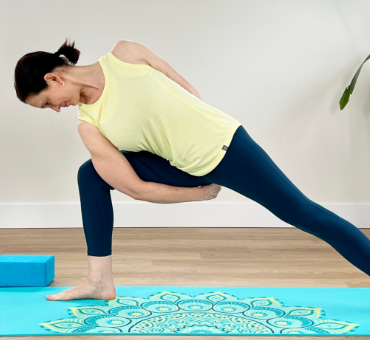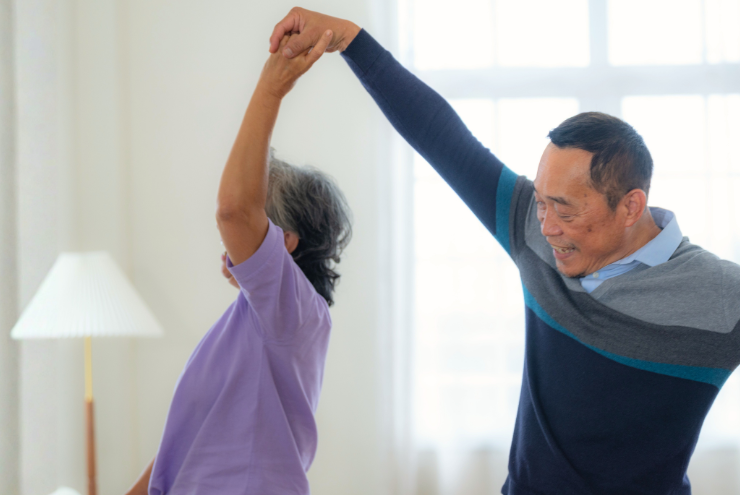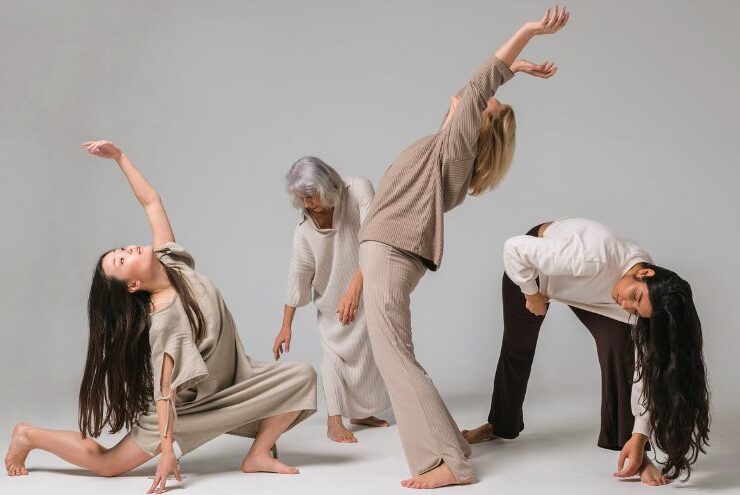Yoga for the sunrise stage (adolescence and young adulthood)
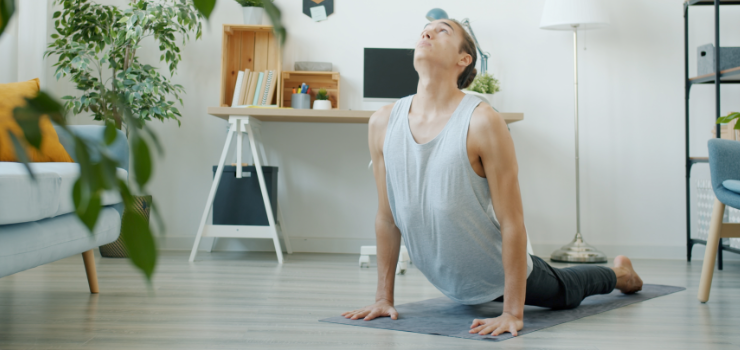
As my teenage son starts lifting weights and getting more involved in sports, I can see the gradual changes in both his body and mindset. He’s slowly transitioning from a lanky, uncoordinated build into a more agile, strong, and muscular physique. He’s also beginning to realize that achieving anything on his own requires effort, discipline, and a focused approach. This process is a crucial part of growing up, helping him build the physical strength and mental resilience needed to take on the challenges of eventual adulthood.
Throughout adolescence and young adulthood, a lot of important changes take place. The most important themes that define this time of life are growth and development, which are reflected at every level of their systems.
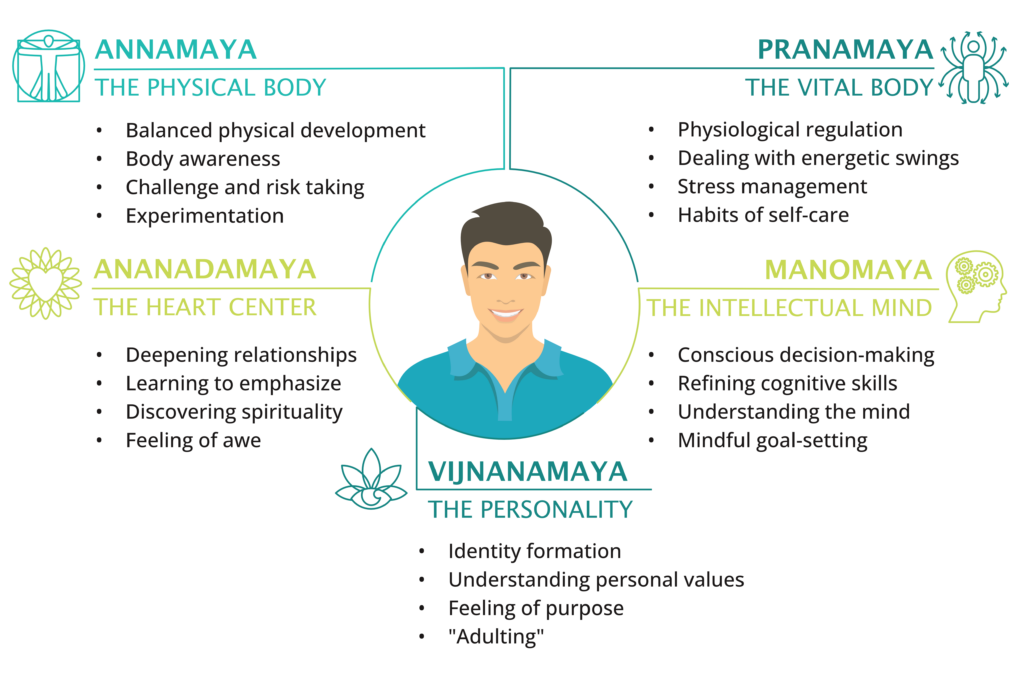
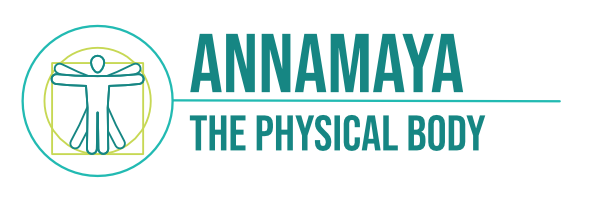
This is an important time for young adults to develop awareness of their bodies and begin to take conscious steps in their physical development. Yoga helps young adults become consciously aware of their body’s position in space (proprioception), develop integration between different body parts, and work on building strength and flexibility.
Adolescence is also a period when young adults are more likely to take risks, push boundaries, and test out what feels right for them. In this context, yoga can offer a safe space where young adults can explore their limits in a controlled environment. Yoga allows them to challenge themselves physically, trying advanced poses (like arm balances or inversions) while at the same time teaching them how to honor their boundaries and take calculated risks rather than impulsive ones. Young adults tend to gravitate toward more challenging physical practices to explore their strengths and see what they are capable of. It’s also a great opportunity to experiment with different poses, techniques, and yoga styles.
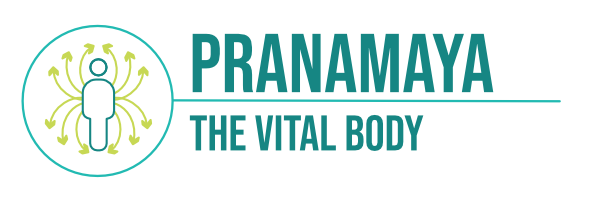
During puberty and young adulthood, the young bodies go through a lot of changes, including growth spurts, hormone fluctuations, and increased metabolism, which often leads to heightened energy levels. This surge in energy is partly why teens often seem to be constantly on the move, whether it’s engaging in sports, hanging out with friends, or just being active in general.
However, these bursts of energy can be followed by periods of lethargy, often influenced by factors like sleep, nutrition, stress, and long hours of sitting in school or in front of screens. Overall, this is a time of physiological volatility, with energy levels swinging more dramatically than at other stages of life. Yoga practice can be a useful tool for promoting regularity during these energetic swings. It can help release access energy with strong poses and even out physiological jumps with regulated breathing.
In addition, young adults often experience stress due to a combination of factors, including academic pressure, career uncertainties, social expectations, and the transition to greater independence. The constant balancing act between responsibilities and personal growth can lead to anxiety, sleeplessness, and a general sense of pressure. Yoga can be very helpful for managing this stress. Combining physical movement with deep breathing helps regulate the autonomic nervous system and facilitates a calmer, more relaxed energetic state.
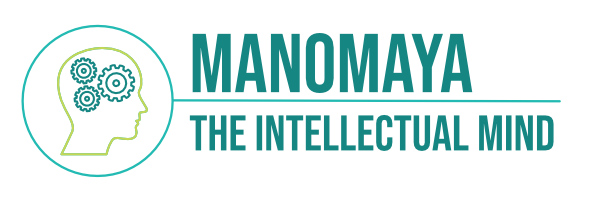
Young adults continue to refine their cognitive skills, including critical thinking and problem-solving. They tend to become more abstract in their thinking, moving away from black-and-white reasoning to a more nuanced understanding of the world. Yoga encourages a more mindful approach to thinking and decision-making and aids in developing concentration and a more detached view of one’s challenges. Yoga philosophy, with its emphasis on the interconnection of body and mind, can also deepen one’s understanding of complex ideas or concepts and provide a necessary framework for observing and understanding the fluctuations of one’s mind.
This is also a time when young adults are exploring career paths and starting to plan for the future. This period often involves skill-building, internships, and preparing to enter the workforce. They are learning to adapt and refine their goals and sometimes recalibrate them based on new experiences. As young adults start thinking about their long-term future, their yoga practice can support them in planning with more clarity and intention and help them cultivate a balance between work and personal life.
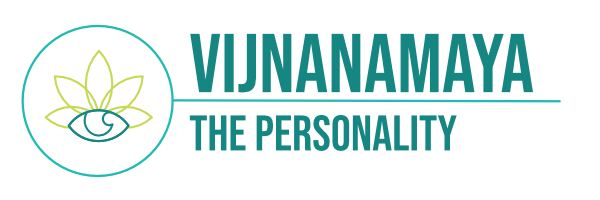
Young adulthood is a crucial time for identity formation. Young adults begin to figure out who they are, including their values, beliefs, and aspirations. Many are questioning their purpose, exploring different identities (cultural, sexual, career), and determining what matters most to them. As they go through identity shifts, yoga offers a way to check in with themselves. The mindfulness involved can help them process questions of purpose, personal values, and their own potential. The introspective nature of yoga might prompt them to discover new strengths and passions or even challenge limiting beliefs they’ve held. The practice of setting intentions (Sankalpa) can help clarify their evolving goals and values.
One of the most challenging aspects of growing up is “adulting” on your own: the process of taking on the responsibilities and tasks typically associated with adulthood, such as managing finances, paying bills, making decisions about work and career, cooking, cleaning, and generally handling the practical aspects of daily life. Adulting comes with many growing pains and can feel overwhelming, especially when someone is transitioning from their teenage years to full independence. As young adults learn to balance their own lives and responsibilities, yoga provides a grounding force to help them stay centered. Yoga emphasizes personal responsibility for one’s own practice and progress, which can mirror their increasing need to take control of their own lives. The practice teaches them to listen to their body, set boundaries, and make choices that serve them.
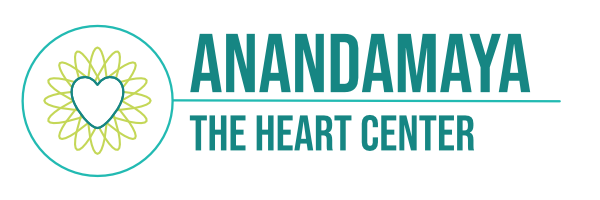
Friendships and romantic relationships undergo changes in young adulthood. There’s often an exploration of deeper, more committed relationships while also navigating the ebb and flow of friendships that might shift or fade. This is also a time when they often build long-lasting bonds or start to focus more on quality over quantity in relationships. Yoga classes can provide a sense of community and foster bonds with like-minded people, giving young adults a sense of belonging and connection. Through yoga, they can continue to build meaningful relationships with other people and with themselves.
Many young adults begin questioning or exploring different spiritual or religious beliefs. This can mean reconnecting with their family’s traditions, exploring new faiths, or even adopting alternative approaches to spirituality. The search for truth, understanding, and personal alignment is a key part of this stage. Young adults often seek to understand their greater purpose and how to live a life of greater meaning and impact. The yoga tradition, with its emphasis on questions of meaning, identity, and the nature of the mind, can become a useful framework for understanding their inner process, regardless of which spiritual or religious tradition they tend to gravitate toward.
Yoga provides young adults with a toolkit for dealing with all the changes, challenges, and questions that arise during this transformative period of young adulthood. At this stage, it is particularly important to emphasize physical development, discipline, developing habits of self-care, and curiosity about one’s identity and life direction. We will put all these ideas into practice next week when we feature a yoga practice for the sunrise stage of life. You might be able to enjoy this practice even if you have already transitioned to a different life stage (but still feel young at heart :)). Be sure to tune in next week!



